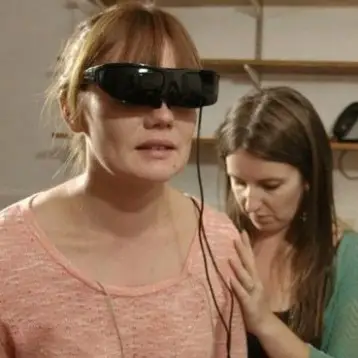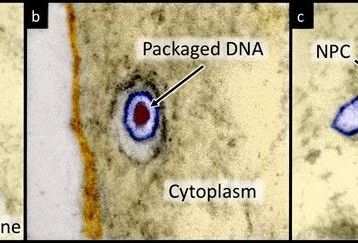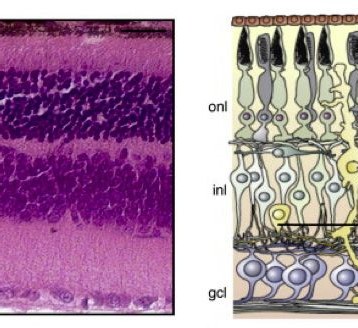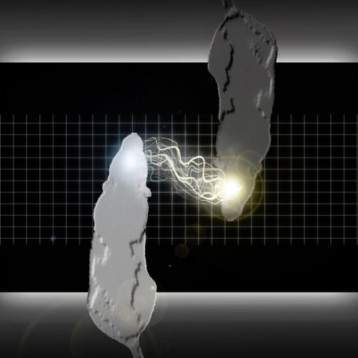Researchers from the University of Toronto discovered how two powerful brain chemical systems work together to paralyze muscles during REM sleep. This finding may help scientists better understand and treat sleep disorders, including narcolepsy, tooth grinding and might even shed light on Parkinson’s disease.
During REM sleep (the dream phase of our sleep) our eyes continue to move but the rest of the body’s muscles remain frozen, supposedly to prevent us from causing injury or damage to ourselves. Neuroscientists Patricia L. Brooks and John H. Peever from the University of Toronto recently conducted several experiments which have shown that two neurotransmitters known as gamma-aminobutyric acid (or GABA for short) and glycine are the ones responsible for what is known as REM sleep paralysis in rats.
Until the current research scientists believed that glycine was a lone inhibitor of motor neurons. According to behavioral neuroscientist Dennis J. McGinty from University of California, Los Angeles (who did not participate in the current research): "The study’s findings are relevant to anyone who has ever watched a sleeping pet twitch, gotten kicked by a bed partner, or has known someone with the sleep disorder narcolepsy. By identifying the neurotransmitters and receptors involved in sleep-related paralysis, this study points us to possible molecular targets for developing treatments for sleep-related motor disorders, which can often be debilitating".
–
–
The University of Toronto researchers found that in order to prevent REM sleep paralysis, they had to block both the ionotropic receptors and metabotropic GABAB receptors – a different receptor system. In other words, when the motor cells were cut off from all sources of GABA and glycine, the paralysis did not occur, allowing the rats to exhibit high levels of muscle activity when their muscles should have been inactive. The data suggest the two neurotransmitters must both be present together to maintain motor control during sleep, rather than working as two separate systems.
–
–
According to Professor John H. Peever who conducted the study: “Understanding the precise mechanism behind these chemicals’ role in REM sleep disorder is particularly important because about 80 percent of people who have it eventually develop a neurodegenerative disease, such as Parkinson’s disease. REM sleep behavior disorder could be an early marker of these diseases, and curing it may help prevent or even stop their development".
–
–
More information on the recent study can be found on University of Toronto website.
–
–
TFOT covered many sleep related researchers including the important work of Professor Francesco Cappuccio. According to his research sleep deprivation can double the chances of dying from a cardiovascular event. However, too much sleep appears to be even more dangerous for us, more than doubling the likelihood of dying from other causes. Another related research covered by TFOT in 2010 was conducted by researchers from the Hebrew University of Jerusalem, Israel, who found the way in which our biological system knows to operate on a 24-hour cycle. This discovery, in the form of a single tiny molecule, holds the clue to the solution of a mystery that biologists considered unanswered for many years. More recently we covered the work of Professor Jessica Payne who discovered that going to sleep after learning new information might be the best way to learn new information.









